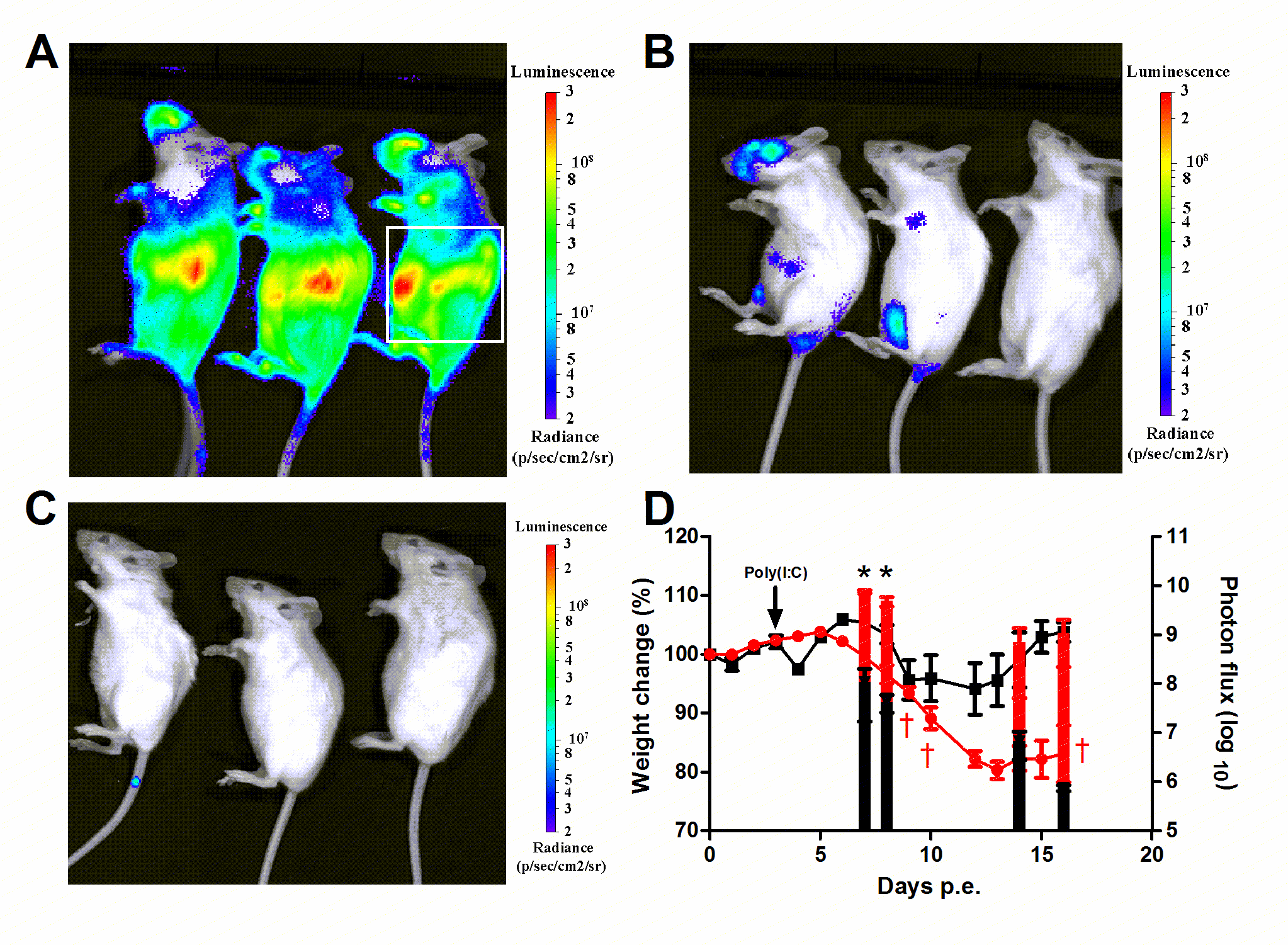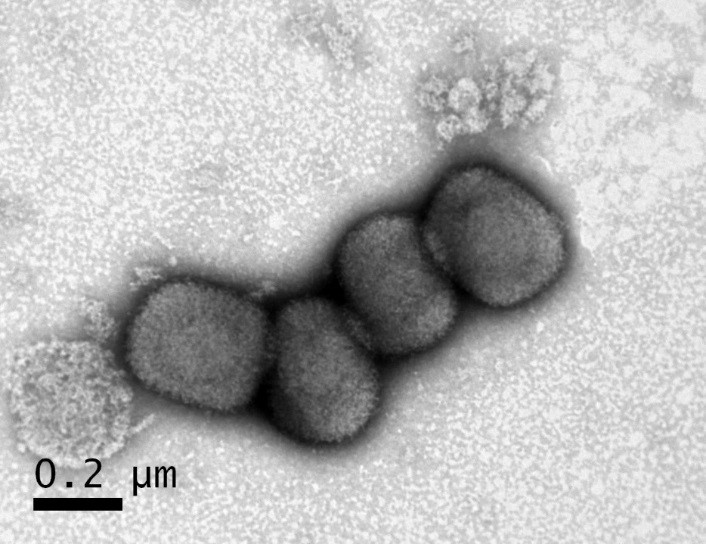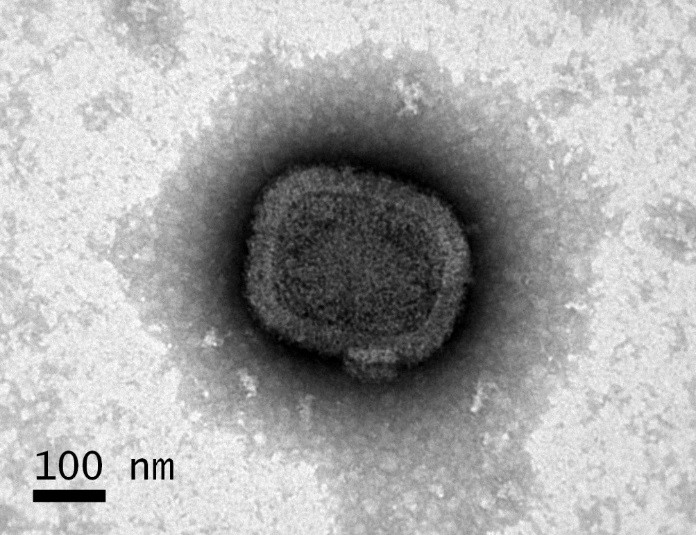Development of advanced laboratory techniques and tools for the isolation and propagation of various pathogenic viruses.
Clinical and environmental diagnosis of viruses – isolation and identification using advanced techniques such as Transmission Electron Microscopy (TEM), genetic and immune-based diagnosis.
Deciphering host-pathogen interactions from the cellular level to whole animal models with emphasis on the interplay between pathogens and the host’s innate and adaptive immune systems.
Establishing animal models to study viral pathogenesis and vaccine adverse reactions.
Studying the efficacy of different vaccines and therapeutics for prevention, prophylaxis or post-infection treatments.
Development of antibody-based therapeutics for treatment of viral infections and vaccine adverse reactions.

Influence of Poly(I:C) treatment on viral dissemination evaluated by in-vivo bioluminescence imaging. Bioluminescence imaging of mice infected i.n with 2 LD50. ECTV-Luciferase (A) infected untreated mice 8 days p.e. (B, C) infected mice treated with poly(I:C) on day 3 p.e. and imaged on day 8 (B) and 16 p.e. (C). (D) morbidity (lines) and bioluminescent signal (bars, same ROI; right animal in panel A; red for infected untreated, black for poly(I:C) treatment on day 3 p.e.). *denotes significant reduction in photon flux (n = 3–5 in each group, P<0.05). Daggers represent dead mice. (Israely et. al., 2014).


Transmission electron microscopy of Vaccinia virus. Staining with phosphotungstic acid (PTA) and visualization by transmission electron microscopy (TEM).